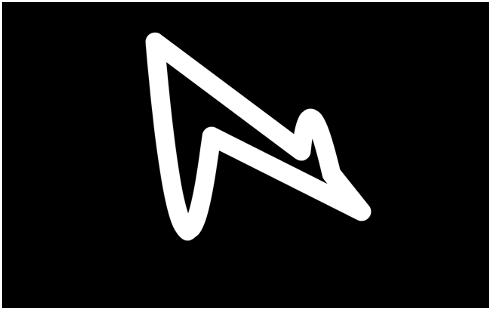
Easy vs Tricky: The Shape Effect in Tracing, Selecting, and Steering With Mouse, Stylus, and Touch Inproceedings
Stanislaw Zabramski, Suman Shrestha, Wolfgang Stuerzlinger
Abstract:
This short paper is a work-in-progress report on an experimental comparison and evaluation of users' performance in four line-tracing tasks based on two shapes and performed with three input methods (mouse, stylus, and touch-input). The shapes' properties used in the study created the two classes of shapes: easy and hard to replicate. As expected these two classes had different impact on user's performance in each task tested (tracing, lasso selection, steering through narrow and wide tunnel). The results show that participants replicating the shapes using touch-input were the least accurate but were the fastest in comparison to the remaining input methods. The stylus was the least error-prone method and the mouse was the slowest device in drawing tasks (tracing and selection). The differences in error distances between the input methods were less pronounced in steering tasks but timing data showed that mouse was still the slowest one. While the time of replication did not differ between the two shapes tested, the differences between the errors participants made were significant for all tasks and input devices, and patterns of these differences were consistent between the shapes. These results confirm predictions from a previous study and show which shapes' properties can make their replication more difficult. The results can be used to design shapes that are easy to replicate, e.g., in surface-based gestural interaction.
